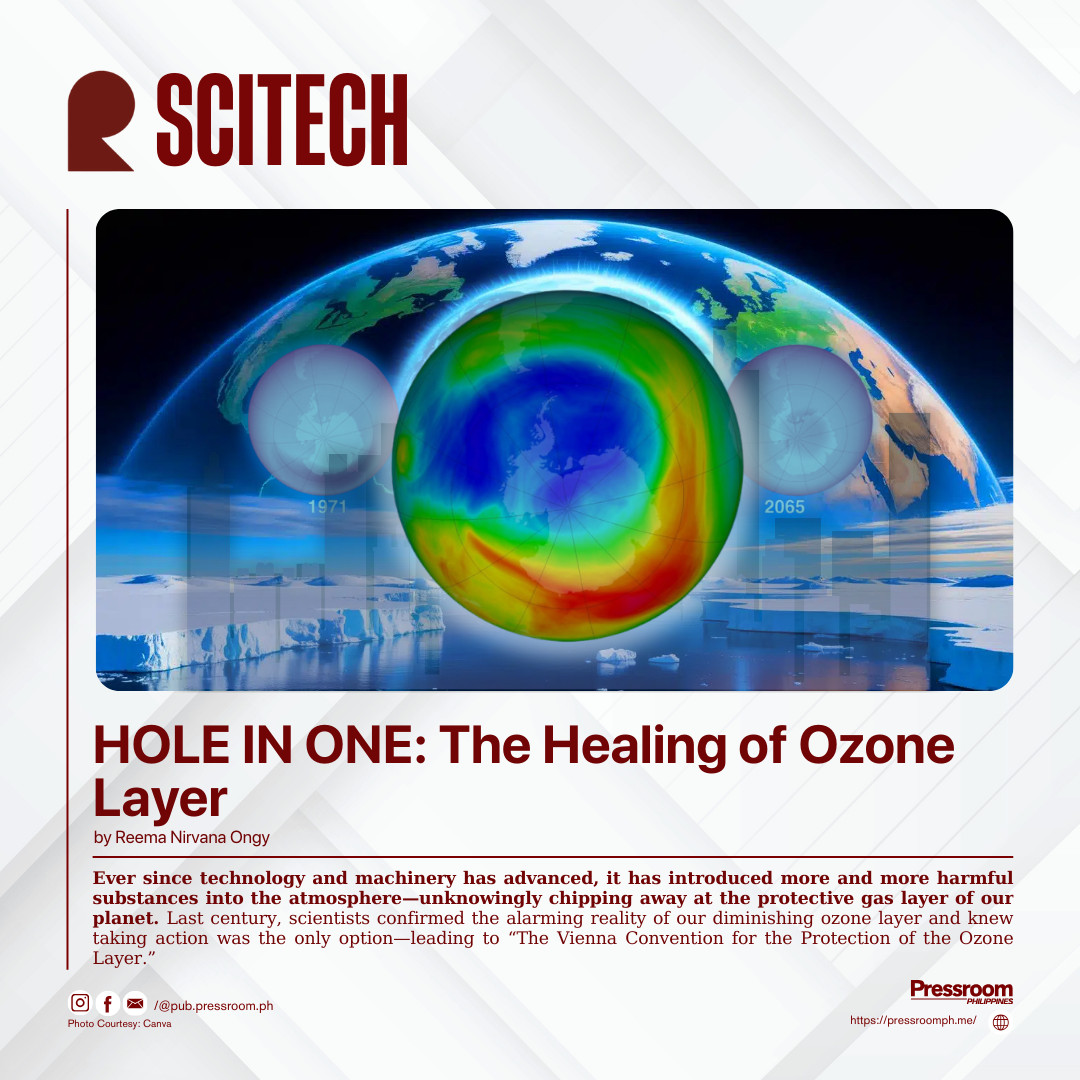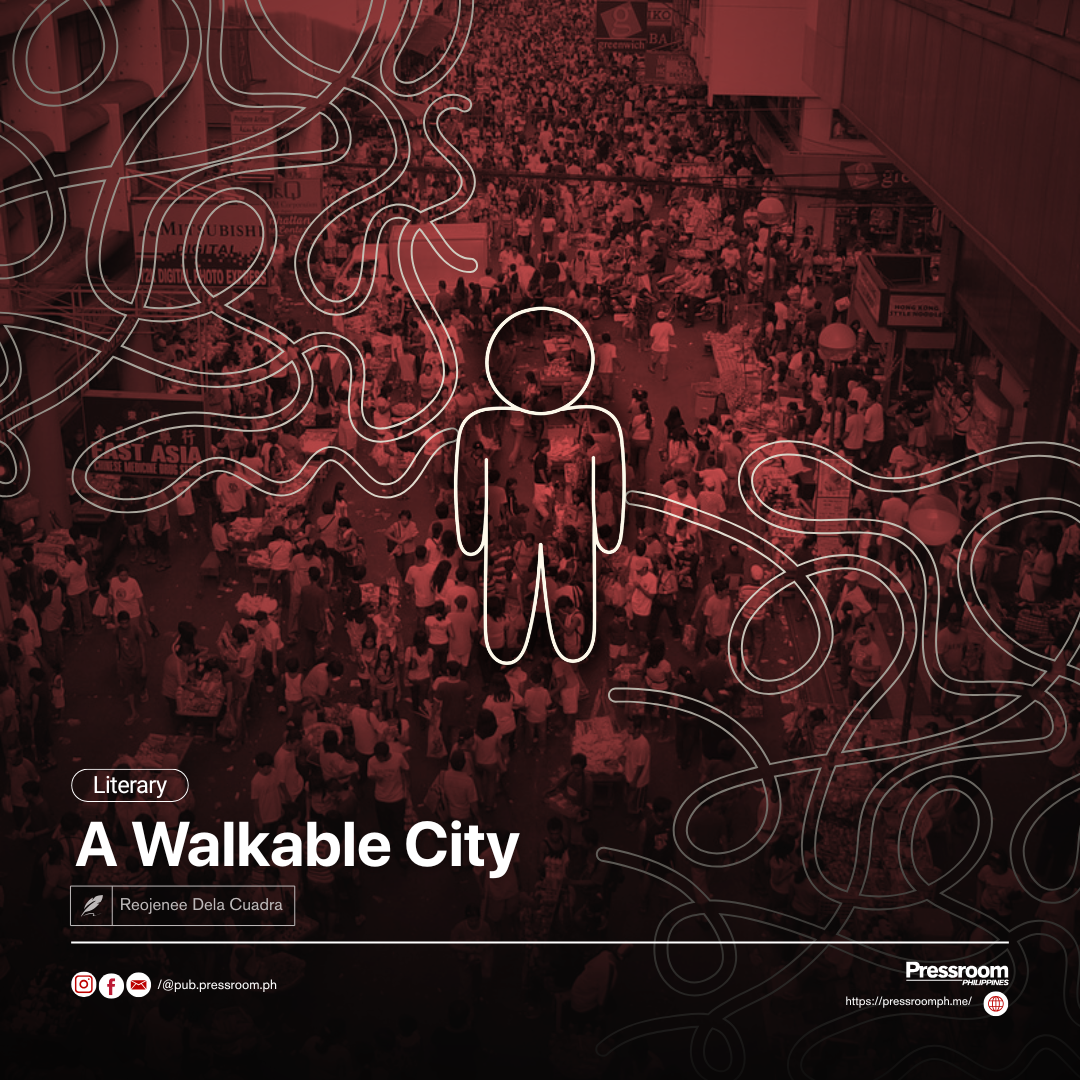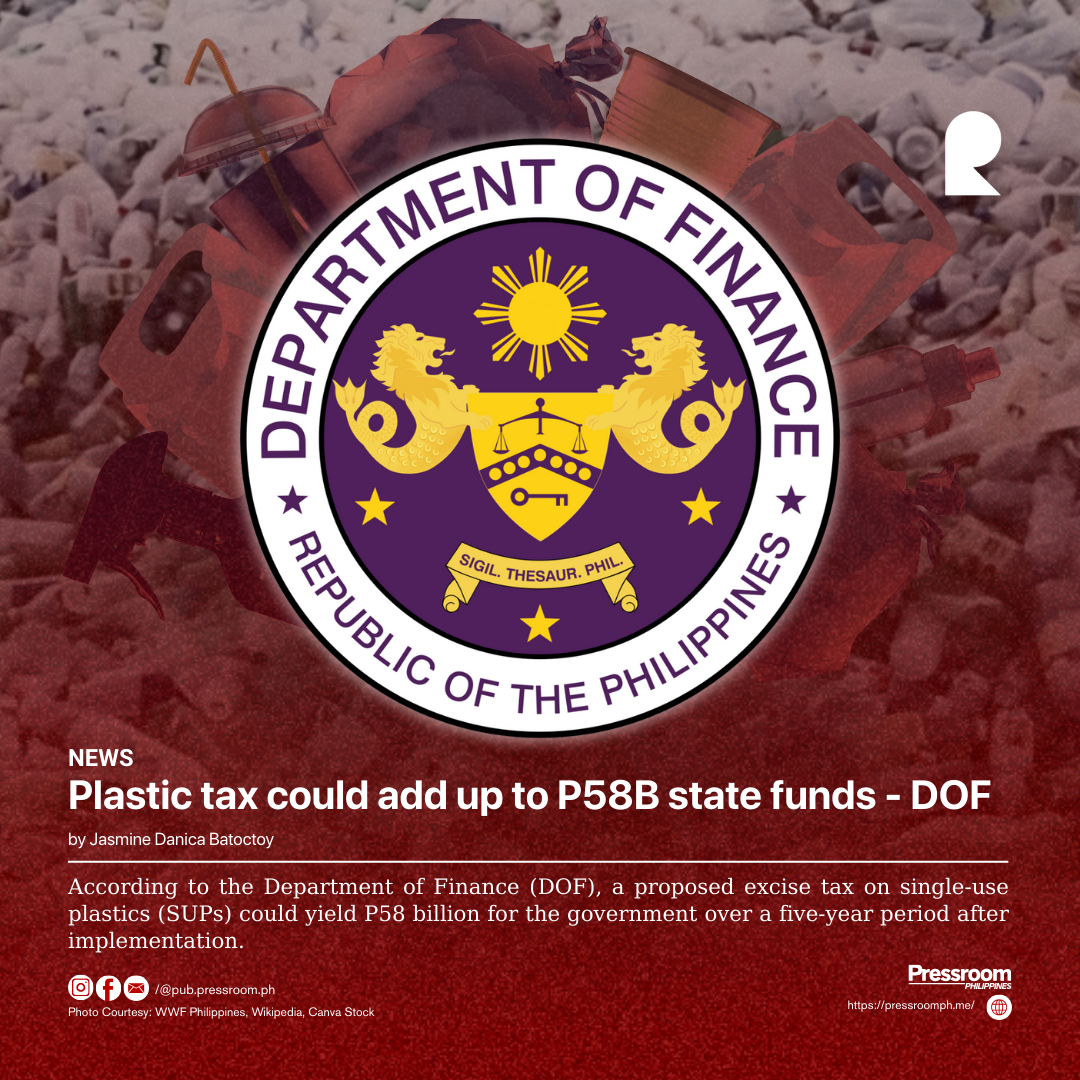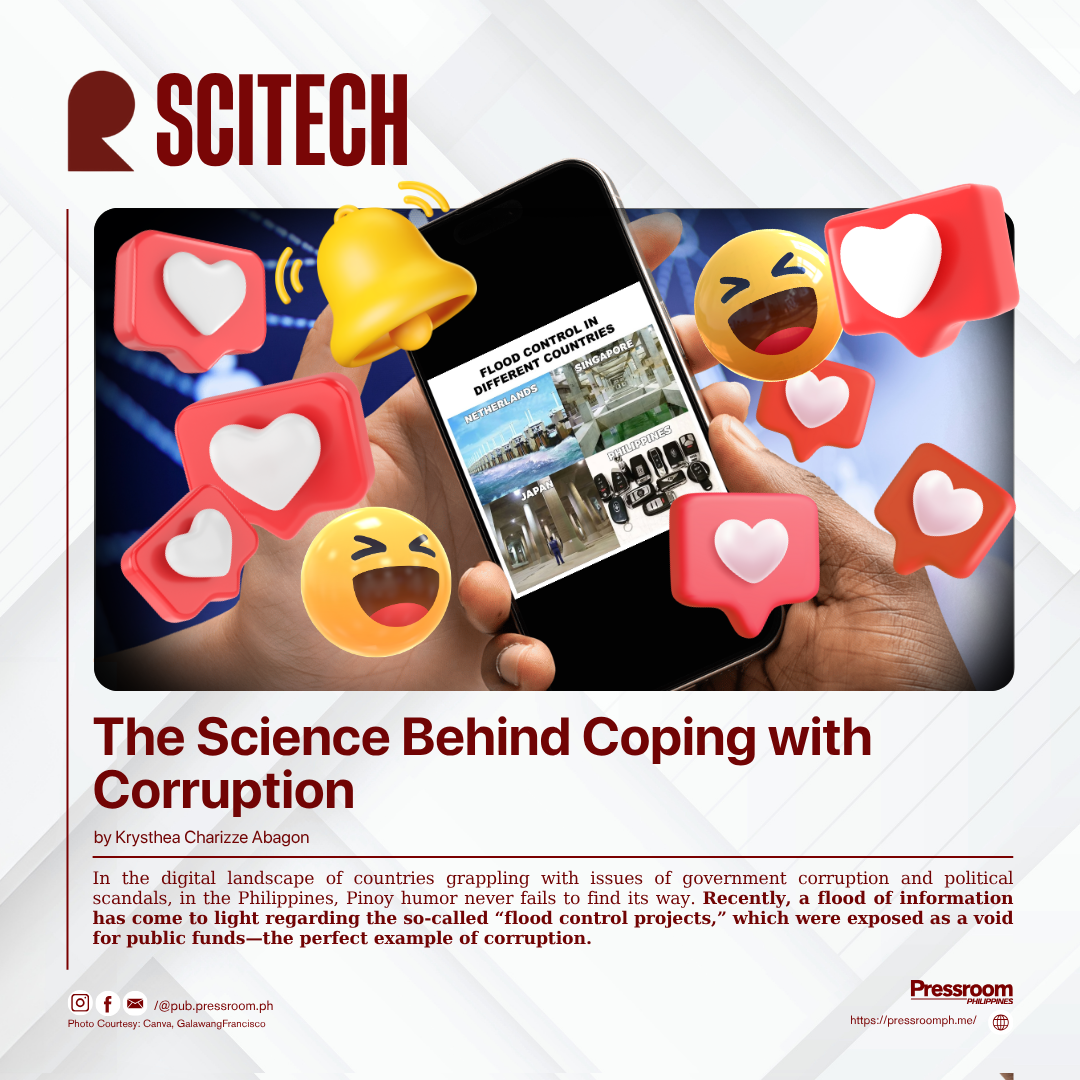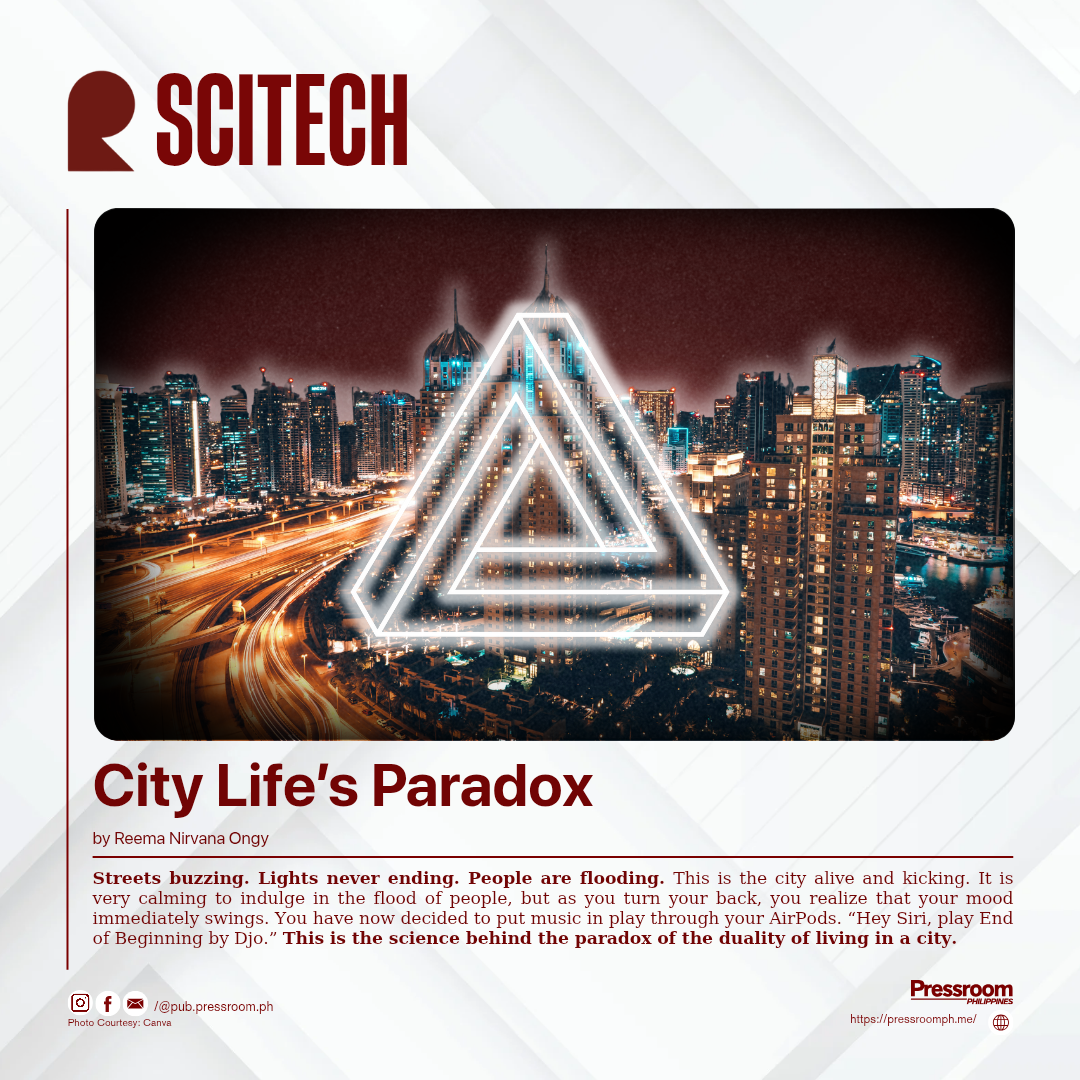Ever since technology and machinery has advanced, it has introduced more and more harmful substances into the atmosphere—unknowingly chipping away at the protective gas layer of our planet. Last century, scientists confirmed the alarming reality of our diminishing ozone layer and knew taking action was the only option—leading to “The Vienna Convention for the Protection of the Ozone Layer.”
The Convention, a precursor of the Montreal Protocol, came to a conclusion 40 years ago—to prevent any more damage to be done on the ozone layer. And so, on March 22, 1985, over 28 countries in the world adopted and signed “The Vienna Convention for the Protection of the Ozone Layer” to start taking action in preventing further harm to the gaseous layer. The objective of the Montreal Protocol is to monitor the global production and consumption of substances that harm/deplete the ozone layer—and eventually eliminate them.
“For 2024, we can see that the ozone hole’s severity is below average compared to other years in the past three decades, but the ozone layer is still far from being fully healed,” stated by Stephen Montzka, senior scientist of the National Oceanic and Atmospheric Administration (NOAA) Global Monitoring Laboratory.
The administration along with the National Aeronautics and Space Administration (NASA) helped to monitor the ozone layer, utilizing some of their instruments on NASA’s Aura satellite, the NOAA-20 and NOAA-21 satellites, and the Suomi NPP satellite, jointly operated by NASA and NOAA, to aid researchers in monitoring.
With that, NOAA scientists also release instrumented weather balloons from the South Pole Baseline Atmospheric Observatory to observe ozone concentrations directly overhead.
The 2024 concentration reached its lowest value of 104 Dobson units on the 5th of October, comparable to the lowest value ever recorded over the South Pole, which was 92 Dobson units in October 2006.
“That is well below the 225 Dobson units that was typical of the ozone cover above the Antarctic in 1979,” said NOAA research chemist Bryan Johnson, as he added that it is still a long way to go before atmospheric ozone is back to the levels before the widespread CFC pollution. But despite this, it is still information to celebrate.
So every year on the 16th of September, marked “World Ozone Day”, the United Nations (UN) celebrates the international community’s success in healing the ozone layer and revels in the healing process every time.
This year was no different, as a recent report from the UN's World Meteorological Organization highlighted a particular ozone hole over the Antarctic was evidently smaller in 2024 than in recent years, in what it said was "Welcome scientific news for people's and planetary health."
“Today, the ozone layer is healing,” said UN Secretary General António Guterres in a message for this year’s World Ozone Day. And if the trends today keep up, full recovery of the ozone layer is projected by 2066.
This marks a significant milestone in healing our earth’s ozone layer, and if these efforts are continued—we could be looking at a fully healed ozone layer. These efforts, no matter how long it will take, are worth the wait.
